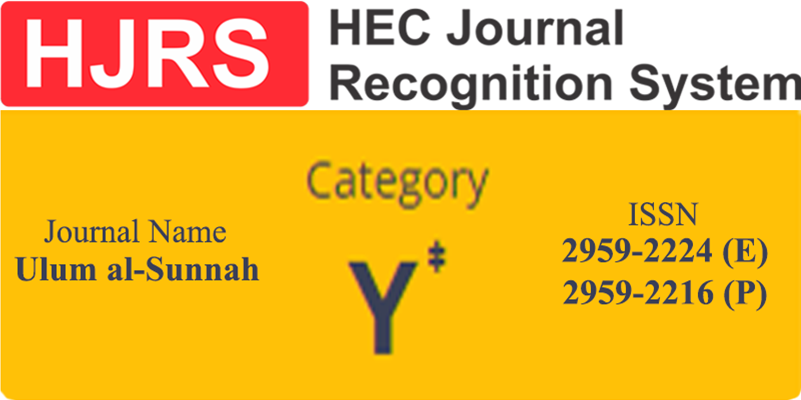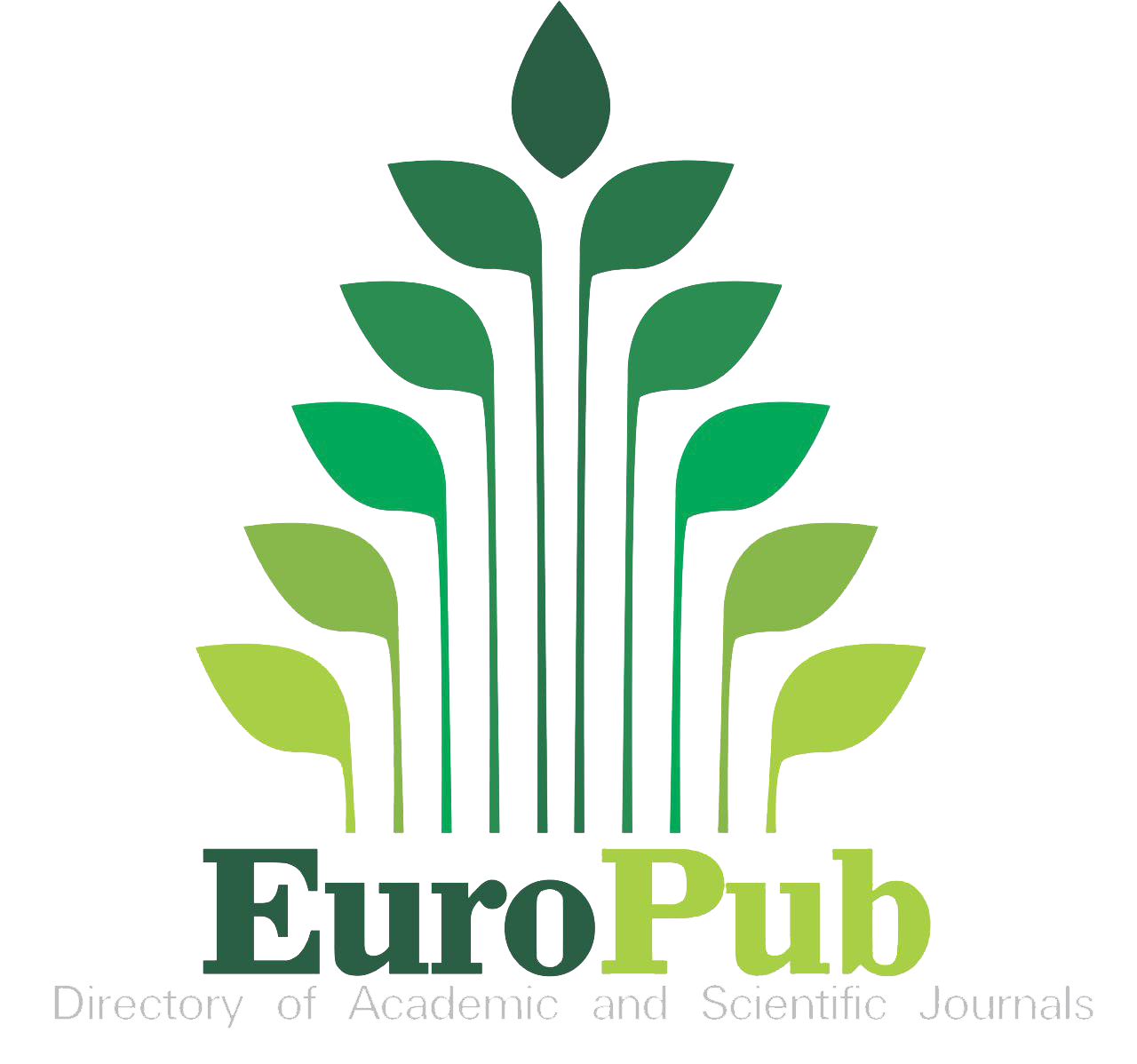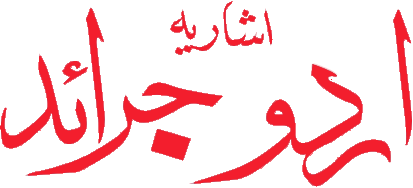پیر مہر علی شاہؒ کی تشریح و توضیحِ احادیث میں انفرادیت :ایک تجزیاتی مطالعہ
Pir Mehr Ali Shah’s Uniqueness in the Interpretation and Explanation of Hadith: An Analytical Study
Keywords:
Pir Mehr Ali Shah, Uniqueness, Interpretation, Hadith, Sunnah, IsaAbstract
Pir Mehr Ali Shah (1859–1937) was a famous Islamic scholar, Sufi saint, and spiritual guide for the Indian subcontinent's Chishti order. His intellectual work extended beyond Sufism to Hadith scholarship, in which his own approach in interpreting and explaining Prophetic traditions was different. This research explores Pir Mehr Ali Shah’s own approach in interpreting Hadith, focusing on his use of traditional Islamic scholarship complemented with spiritual knowledge acquired from Sufism. In a critical overview of his writings, most specifically Saif-e-Chishtiyai, this research considers how he addressed theological controversies, refuted misinterpretations, and ensured Prophetic traditions' authenticity. He took a balanced stance blending textual examination with intuitive spiritual perception, and his ideas proved acceptable to academia and masses alike. While most writers in his time were more likely to prioritize intellectual and rational elements in Hadith comprehension, Pir Mehr Ali Shah concentrated on contextual and spiritual elements, displaying a synthesis of reason and mysticism. This research also looks into his responses to contemporary challenges, specifically his engagement with modernist and reformist interpretations of Islam. Through a critical analysis of his writings, this paper sheds light on his legacy in Hadith scholarship and his enduring influence on Islamic scholarship and Sufi thought.
Downloads
Published
How to Cite
Issue
Section
License
Copyright (c) 2025 Dr. Yasir Arfat, Aziz Haider

This work is licensed under a Creative Commons Attribution-NonCommercial 4.0 International License.
This is an open-access journal which means that all content is freely available without charge to the user or his/her institution. Users are allowed to read, download, copy, distribute, print, search, or link to the full texts of the articles, or use them for any other lawful purpose, without asking prior permission from the publisher or the author. All articles are available on the internet to all users immediately upon publication. Non-commercial use and distribution in any medium are permitted, provided the author and the journal are properly credited.










 Research Journal Indexed by Google Scholar
Research Journal Indexed by Google Scholar